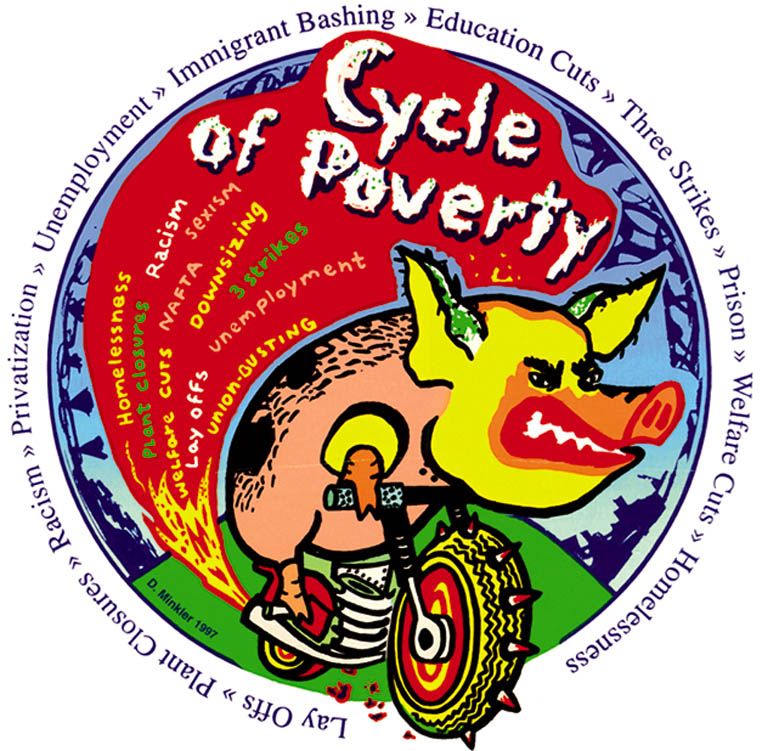by Paul Boden,
Western Regional Advocacy Project
[dropcap]W[/dropcap]hen the Homeless Emergency Assistance and Rapid Transition to Housing (HEARTH) Act became law in 2009, thousands of destitute and poor families and youth were “disqualified” for affordable housing, rental subsidies and services funded with federal homeless assistance dollars because they were deemed as not homeless enough, also known as “poorly housed.”
According to the current definition of homelessness, families and youth who have had to double up with others or are living in motels or SRO hotels have to show “credible” evidence that they are indeed completely, unequivocally, technically and totally homeless.
The distinction between “literally homeless” and “poorly housed” creates callous and inhumane barriers which prevent families and children from accessing desperately needed housing and services. Additionally, these families and youth are not even considered when local communities set funding priorities and do their homeless counts.
According to the U.S. Department of Education’s 2012 data on homeless youth in public schools, there are 1.2 million homeless students. This is especially surprising given that in the same year, only 247,178 homeless people in families were eligible to receive homeless assistance services from the Department of Housing and Urban Development (HUD).
Currently, an estimated 921,176 homeless people — families and children — are left out of the HUD definition and cannot access the help they desperately need.
HUD’s restrictive definition of homelessness has created a cruel and vicious cycle. Once families lose their homes, they scramble for any place to stay. If they remain on the streets (which is a criteria for being considered homeless), they risk being categorized as “unfit parents” and losing their children to public agencies.
Hoping to avoid that, families will stay with other people, often in unstable and unhealthy situations which render them ineligible for homeless assistance.
Currently, HUD forces communities seeking homelessness funding to prioritize serving single adults, since that has been the focus of failed token efforts to address “chronic homelessness.”
On July 24, 2014, Senator Dianne Feinstein and Congressman George Miller introduced the Homeless Children and Youth Act of 2014. The act seeks to:
1. Amend HUD’s definition of homeless to include:
* Individuals or families who will lose their housing within 30 days (as opposed to 14 days).
* Children and youth who are verified as homeless through HUD’s homeless assistance programs and seven other federal programs such as the Runaway and Homeless Youth Act Programs, Violence Against Women programs, and public school district homeless liaisons.
* Unaccompanied youth and homeless families who are certified by HUD Homeless Assistance Programs or public housing authorities as lacking a fixed, regular, adequate nighttime residence, including those temporarily sharing the housing of others due to loss of housing, economic hardship, or staying in a hotel or motel.
2. Prevent HUD from overriding or interfering with local communities’ ability to provide services to populations with the greatest unmet needs.
3. Eliminate complex documentation requirements for “proving” homelessness such as evidence of multiple moves or the length of time spent without housing.
4. Amend federal data reporting requirement to ensure that the information collected on all homeless children, youth and families is made publicly available
The Homeless Children and Youth Act will help over one million homeless children and youth by ensuring that the federal government’s response to homelessness is based on an honest and accurate understanding of the problem, and by empowering those closest to the problem to design and implement the best local response.
For updated information and to find contact information for your elected representatives, visit www.helphomelessyouthnow.org
